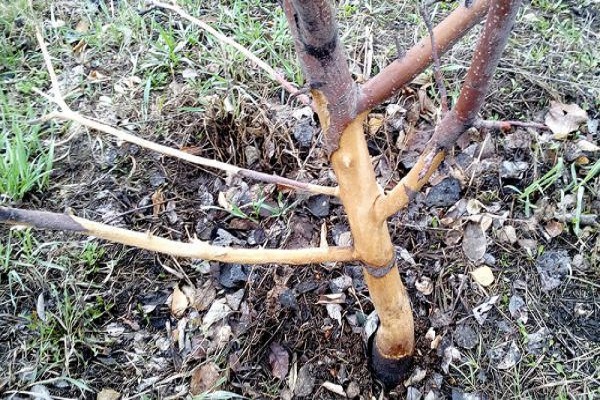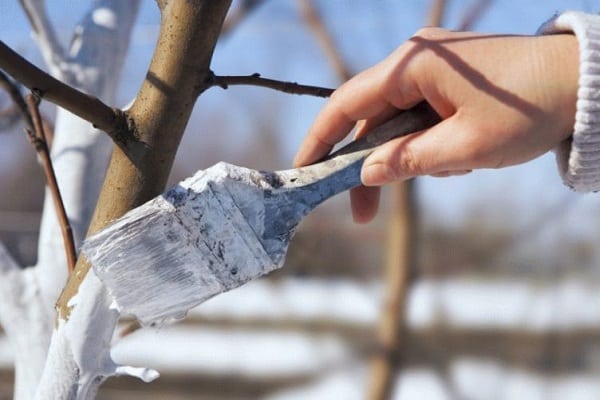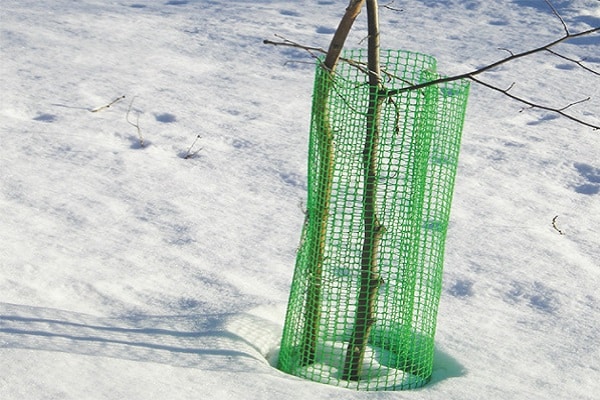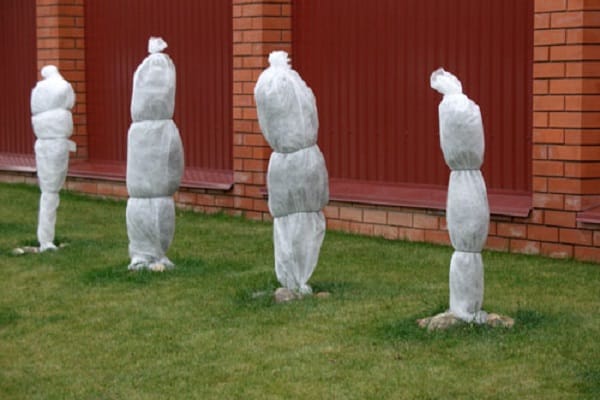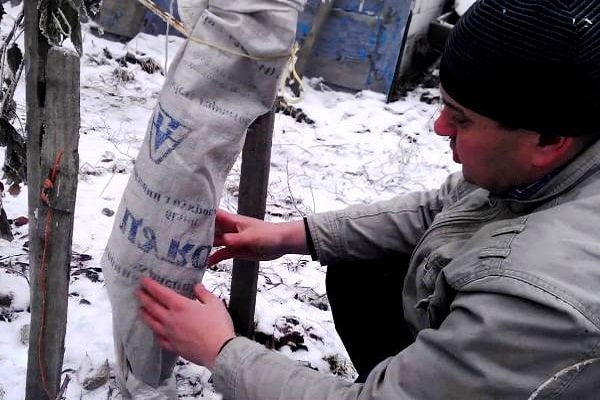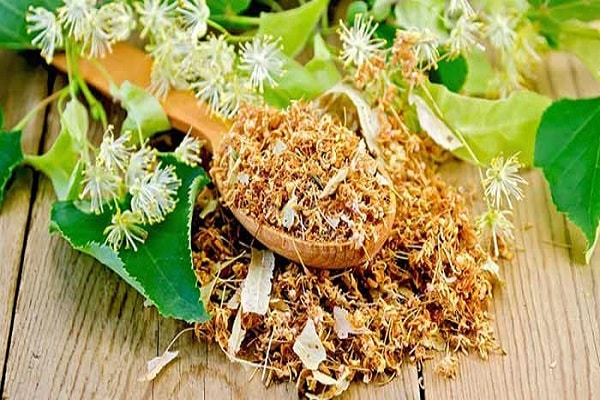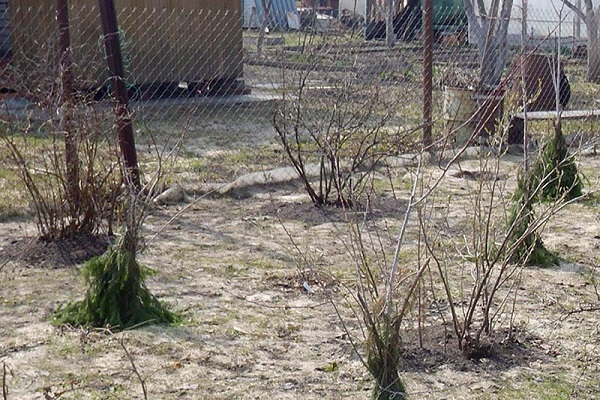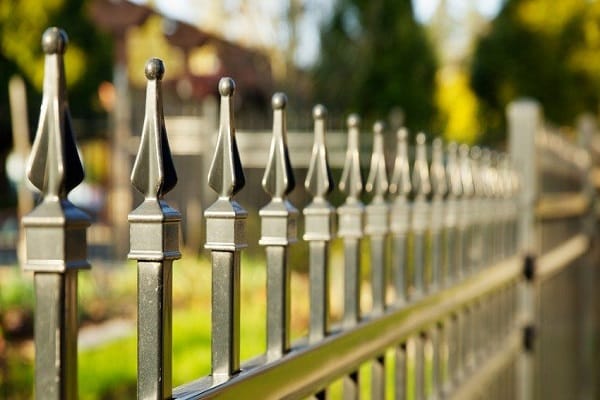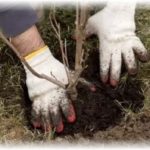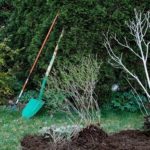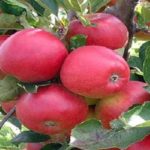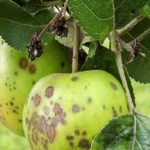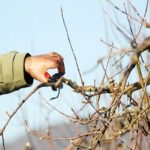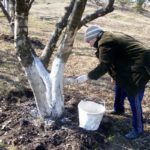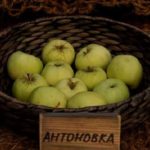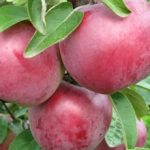In every garden, even a small one, the main place is usually given to apple trees, which, for a little care, reward their owners with delicious, juicy fruits. Particular attention is paid to this wonderful crop not only by people, but also by pests that can damage plants, reduce the amount of harvest and even completely destroy trees. There are many ways to help protect your apple tree from rodents. Even experienced gardeners will find it useful to learn about effective protective measures that will help save the future harvest.
What is the danger of rodents?
Winter is the most difficult period for rodents, because it is quite difficult to find food under the snow, so hares and mice go closer to human dwellings in search of food. On their way, they usually come across a garden in which trees sleep so temptingly in anticipation of spring. It is they who become the target of attacks by pests, which feast on the bark with appetite. Most often, apple trees suffer, the bark of which remains soft even during winter frosts.
Eating tree bark leaves them defenseless against severe frosts. Young trees that are not particularly hardy may die. Adult apple trees also suffer from pests - weakened plants are not capable of full flowering and fruit set.
This will certainly affect the number of apples - the harvest will be significantly lower than usual.
Ways to protect an apple tree from mice
The simplest method of protecting trees from field mice is to use poisonous baits, which are available in gardening stores. The use of chemicals is recommended only during the cold season - in the summer, pets are capable of eating an appetizing but destructive delicacy. Place the bait near the trees, be sure to cover it with plywood - birds can also get poisoned by tasting the poison. Regularly check the supply of a drug dangerous to rodents, and if necessary, lay out a fresh “delicacy”.
You can prepare the bait yourself:
- Mix flour and sugar in equal parts (about 200 g each).
- Add alabaster (150 g) to the composition.
- Stir, pour in a little water - the product should resemble a thick paste.
- Pour in 50 ml of sunflower oil to attract pests.
If for any reason the use of poisons is impossible, it is recommended to resort to more humane methods of controlling small pests. Mice are repelled by the unpleasant, pungent smell; they try to avoid suspicious places. Experienced gardeners tie bunches of mint, wormwood, and rosemary to the trunks. As with poisons, you will have to regularly replenish your herbs, which quickly lose their unpleasant odor. You can also use essential oils - coat the lower part of the trees with an oily liquid.
In the fall, it is recommended to treat with Bordeaux mixture or copper sulfate, and whitewash with special whitewashing materials. This will partially reduce the attractiveness of the bark to small pests.
How to protect an apple tree from hares?
Eared animals have a timid disposition, so simple devices are often sufficient to discourage rodents from appearing in the garden for a long time. Experienced gardeners use simple black plastic bags cut into long, thin strips. Attach the prepared ribbons to branches and small posts installed near the apple trees. At the slightest gust of wind, polyethylene will make a sound that will drive away rodents.
If the pests turn out to be too bold or so hungry that they refuse to respond to the trick, it is recommended to use a chain-link mesh to protect the forest hares - wrap it around the trunk, deepening it 1-4 cm into the ground. Old iron buckets without a bottom and cut plastic bottles are also perfect for these purposes.
Special solutions with an unpleasant odor will help increase efficiency. Recommended to mix:
- clay;
- mullein;
- water.
Pour creolin into the paste and mix. Coat the lower branches and trunks of apple trees with the prepared solution.A thick layer will be enough for the whole winter, there is no need to renew it.
It is necessary to protect the trunks of apple trees to a height of up to one and a half meters - strong long legs allow eared pests to reach quite high.
Covering material for apple trees for the winter
During winter, many varieties of apple trees require protection not only from pests, but also from harsh climatic conditions. You can combine and at the same time protect trees from nosy rodents and severe frosts.
The most common and easiest way to protect plants is to use roofing felt or polyethylene. Wrapping the trunks only with the onset of the first frost and removing them with the warmth of spring - there is a risk of causing overheating, which will adversely affect the condition of the trees.
Be sure to remove the cover in rainy or cloudy weather - spring sun rays can cause burns on the bark.
Using spruce branches is another great way to prevent the destructive work of frost and rodents. The process is quite labor-intensive - the needles must be at the bottom of the trunk, above the ground. It is recommended to wrap the plants with polyethylene film over the spruce branches. Complete the shelter of the apple trees by building a low earthen mound near the trunk.
If rodents have damaged the tree
If all efforts are not enough, and the pests have chewed the bark of the apple tree, it is recommended to use several methods of treating trees. The most difficult, but rather ineffective, is the engraftment of bark taken from an undamaged part of the tree. Place the patch on the bare trunk (be sure to trace the direction and location of the bark fibers), secure with film or tape. It is recommended to use this method only for minor damage.
A more effective method is to use linden infusion, which quickly heals damaged areas. The product can also be used if rodents have damaged the roots located near the surface of the soil. It’s easy to prepare the product:
- Chop linden bark (200 ml) with a sharp knife.
- Pour cool water over the prepared plant material and boil over low heat for half an hour.
- Leave for 3 hours, strain.
Coat the damaged trunk of the apple tree with the resulting liquid, wrap it in thick parchment, and tie it with twine. Simply lubricate the roots with the infusion and sprinkle with a thick layer of soil. Leave the bandage for 3-5 weeks, remove, repeat the process. Usually 2-3 applications of the product are enough to restore the bark.
Protection of young seedlings
Plastic bottles are used to protect young trees planted in autumn. Making a protective agent is simple - cut off the top and bottom of the bottle with a sharp knife. Cut it to length, wrap the trunk, secure with twine or a strong cord. It is important not to crush the delicate bark - this is harmful to the apple tree.
It is also recommended to use roofing material, but with caution - under a dense cover it is difficult for the plant to breathe, and it may not survive the winter. Burlap, which must first be wrapped around the apple tree, will help prevent unpleasant consequences.
Prevention
The simplest preventative measure is to build a fence around the garden. Use a mesh or picket fence for construction. The main thing is to take into account the size of the hares, without leaving a single loophole for them. If possible, deepen the fence 10-15 cm into the ground - this will ensure that rodents will not get into the garden. It is necessary to take into account that such a barrier will not stop mice; other preventive measures will be needed.
Coriander is an excellent preventive measure against rodents in the garden. It is recommended to sow an aromatic plant between trees in the spring. Use some of the fragrant leaves for culinary purposes, cut the rest, dry them, tie them into bunches and tie them to the trunk and lower branches of apple trees. This is enough not to worry about trees - in summer the smell of fresh plant material will drive away pests, in winter - by dry bunches.
Rodents are dangerous enemies of every gardener, capable of damaging the trees into which so much work has been invested. You should not underestimate pests and hope that they will bypass the garden - only special measures to combat them will allow you to preserve your apple trees and enjoy the delicious fruits. It will not take much time and effort to protect trees, so it is better to take the necessary measures in advance - use mechanical barriers, folk remedies, chemicals.

